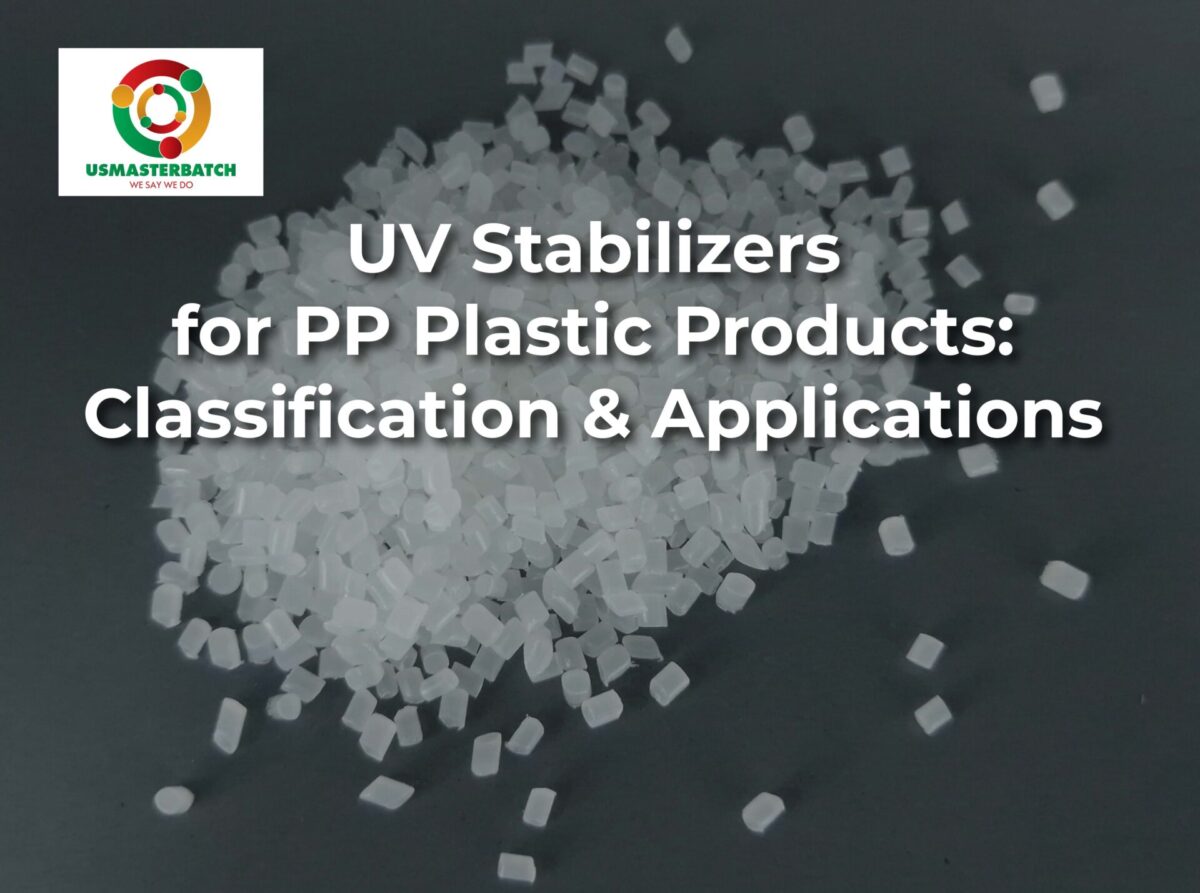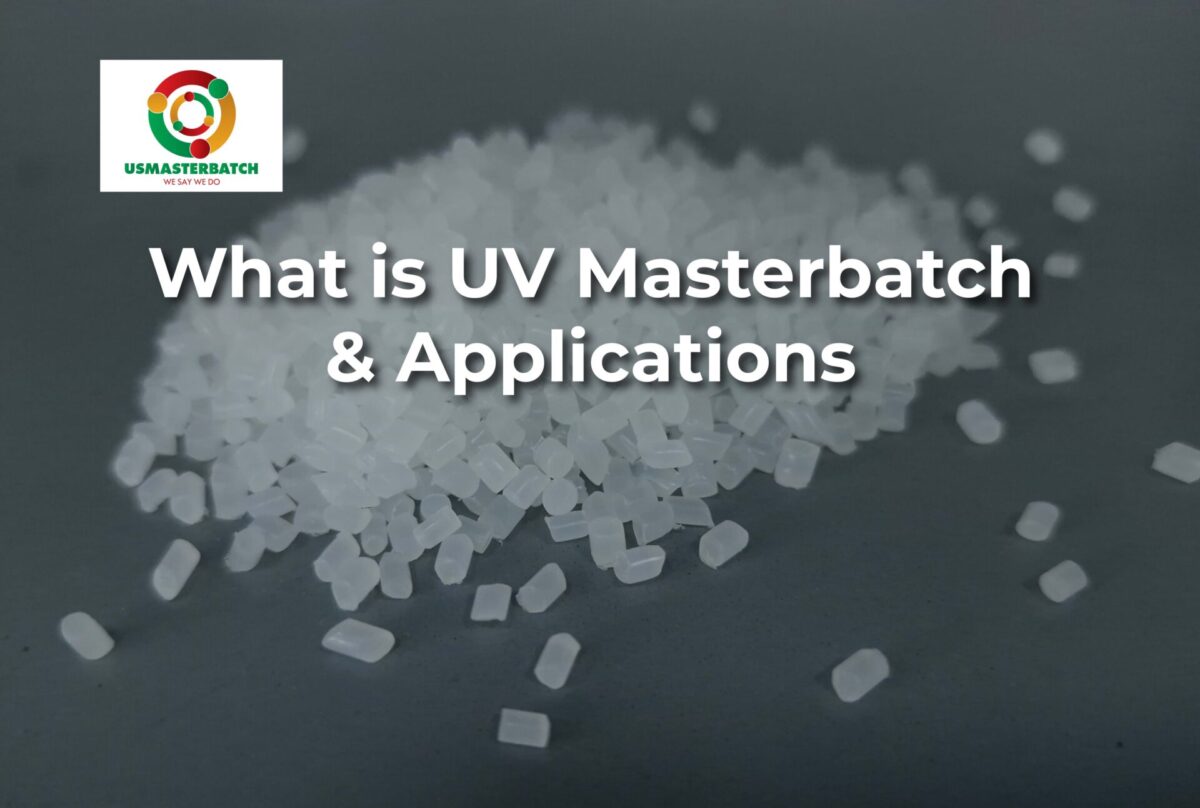Halogen-Free Flame Retardants – The Future of Safe and Sustainable Plastics
1. Introduction: A Shift Toward Safer Flame Retardants For decades, halogen-based flame retardants such as brominated or chlorinated compounds were widely used in plastic manufacturing. They were effective, economical, and capable of achieving stringent fire ratings with relatively low dosage. However, as the world became more aware of toxic emissions, smoke, and environmental hazards, the…
Read MoreUV Stabilizers for PP Plastic Products: Classification and Applications
Polypropylene (PP) is one of the most widely used polymers in the plastics industry thanks to its high versatility, light weight, and cost-effective processing. However, when exposed to sunlight, ultraviolet (UV) radiation can degrade the polymer structure of PP, leading to reduced mechanical performance, discoloration, brittleness, and surface cracking over time. Therefore, the use of…
Read MoreWhat is UV Masterbatch and Applications
In outdoor environments, plastic products are heavily exposed to ultraviolet (UV) radiation — the leading cause of aging in polymers. UV light degrades polymer structures, resulting in discoloration, brittleness, surface cracking, reduced tensile strength, and overall shorter product lifespan. For many industries such as agriculture, packaging, construction, and infrastructure, UV resistance is no longer just…
Read MoreThe Benefits of Plastic Additives in Sustainable Manufacturing
In today’s world, sustainability is no longer just a trend — it’s a global commitment. The plastics industry, once seen as part of the problem, is now taking major steps toward becoming part of the solution. One of the most effective ways to make plastic production more sustainable is through the use of plastic additives…
Read More








